1 item, $1.00
Sunflower – Lemon Queen
$1.00
Out of stock
Add to Wishlist
Add to Wishlist
HELIANTHUS – Lemon Reginae
-
Growing Temp 70°F – 85°F
-
Days to Maturity 75-80 days
Add to Wishlist
Add to Wishlist
- $3.99 Flat Rate Shipping
- 30 Days Return
- Ships the Next Business Day
HELIANTHUS – Lemon Reginae
-
Growing Temp 70°F – 85°F
-
Days to Maturity 75-80 days
Ease of Cultivation and uses: The Lemon Queen sunflower is a delightful variety known for its bright yellow, lemon-colored petals that create a cheerful display in any garden. This sunflower is relatively easy to grow, making it suitable for gardeners of all experience levels. It thrives in full sun and well-drained soil, often attracting beneficial pollinators such as bees and butterflies. The vibrant blooms not only beautify your garden but can also be used in floral arrangements, adding a pop of color to your home.
Direct Sowing: For direct sowing, plant Lemon Queen sunflower seeds outdoors in the spring after the last frost date when soil temperatures reach around 70°F. Sow the seeds 1 inch deep and space them 12–18 inches apart in rows that are 2–3 feet apart to allow adequate room for growth. Water the seeds thoroughly after planting and keep the soil consistently moist until germination, which typically occurs within 7–10 days. As the plants mature, they may require support to prevent bending or breaking, especially in windy conditions.
Early Sowing for Seedlings: To get an early start, sow sunflower seeds indoors 4–6 weeks before the last expected frost. Use biodegradable pots filled with seed-starting mix, placing one seed per pot and covering it lightly with soil. Maintain a temperature of around 70°F to promote germination. Once the seedlings have developed their first true leaves and the danger of frost has passed, transplant them into the garden, spacing them 12–18 inches apart. Ensure they are watered well after transplanting to help them establish in their new environment.
Harvesting: To identify when Lemon Queen sunflowers are ready to harvest, look for the flower heads to droop and the backs to turn yellow. This indicates that the seeds are mature. Cut the flower heads in the morning when they are dry, leaving several inches of stem. If you wish to collect seeds, allow the heads to dry completely before removing the seeds, or cover them with a paper bag to protect them from birds and pests until you are ready to harvest.
Only logged in customers who have purchased this product may leave a review.


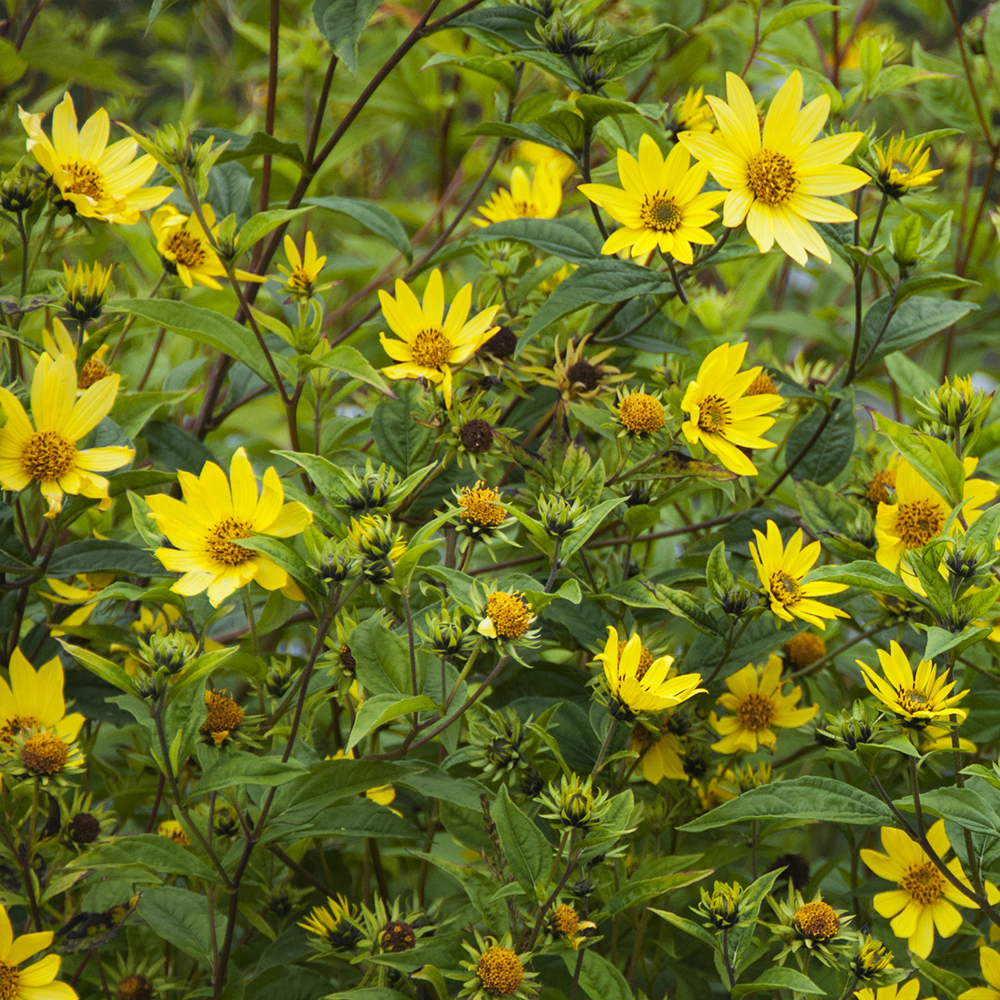
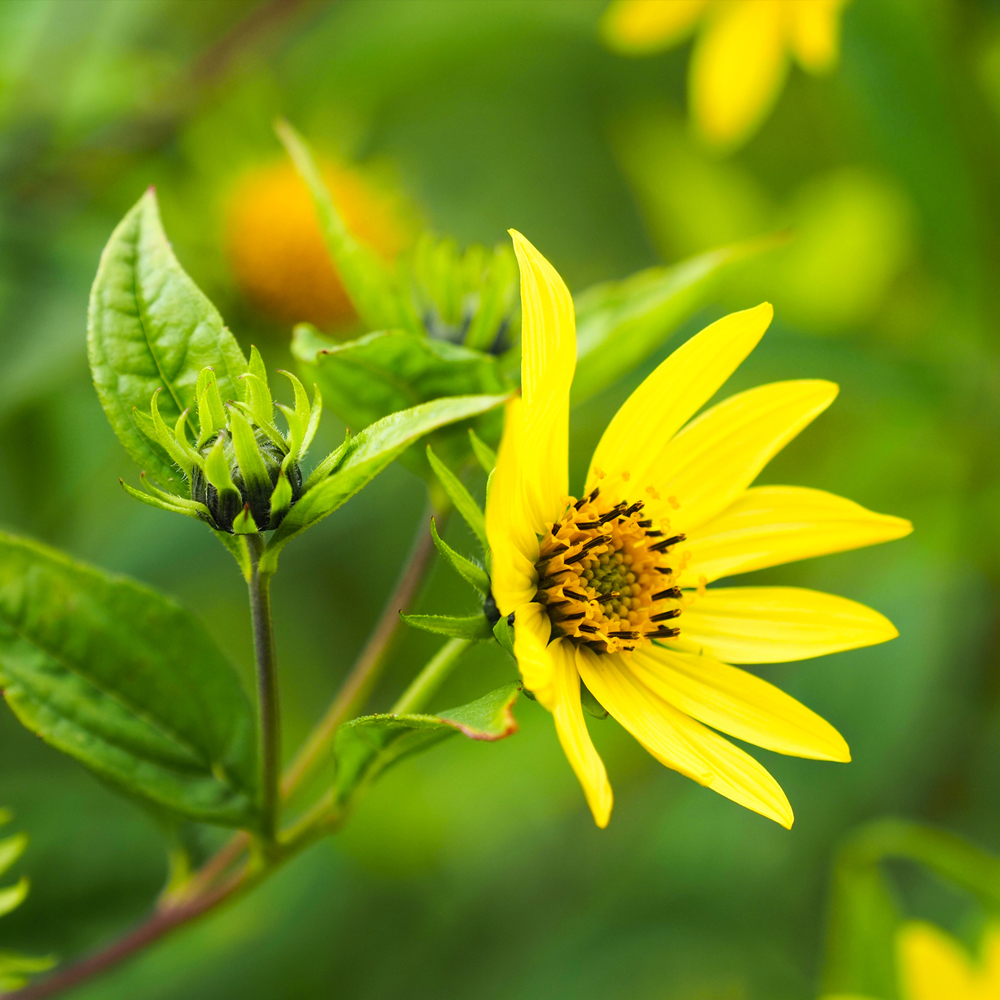
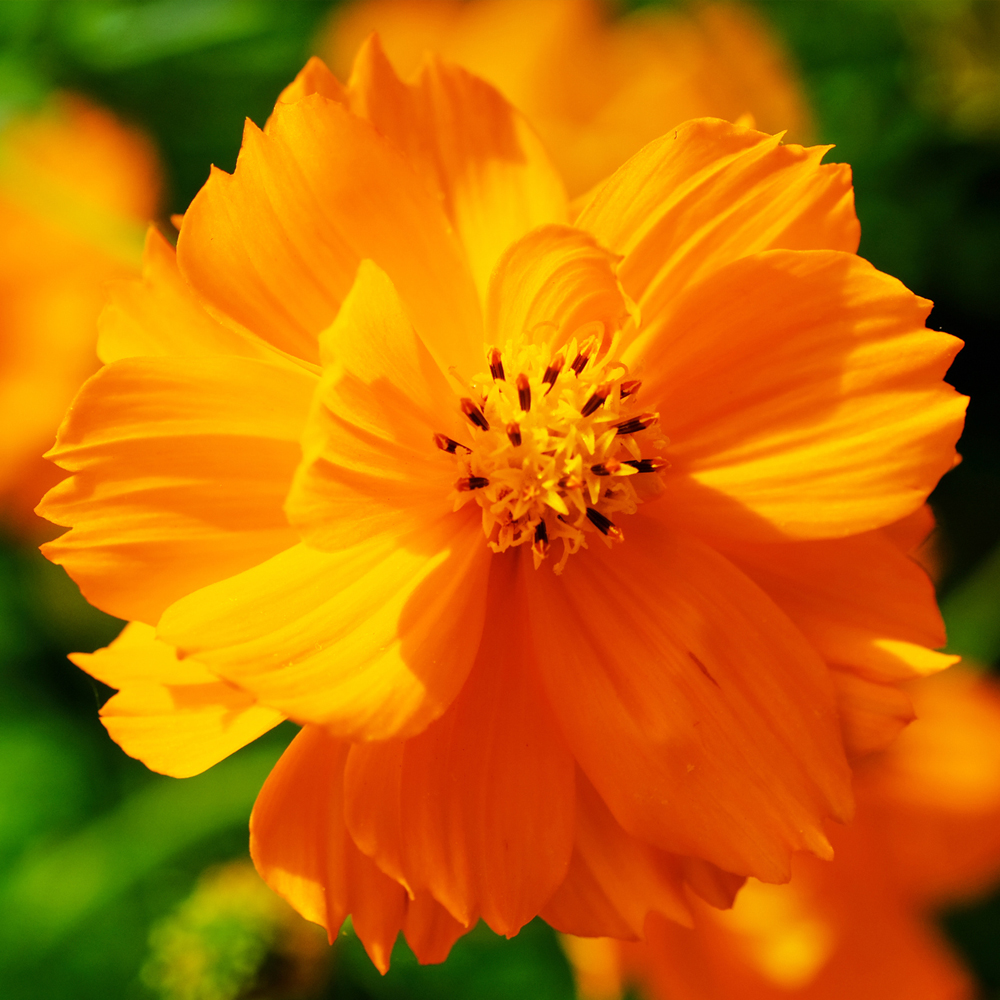
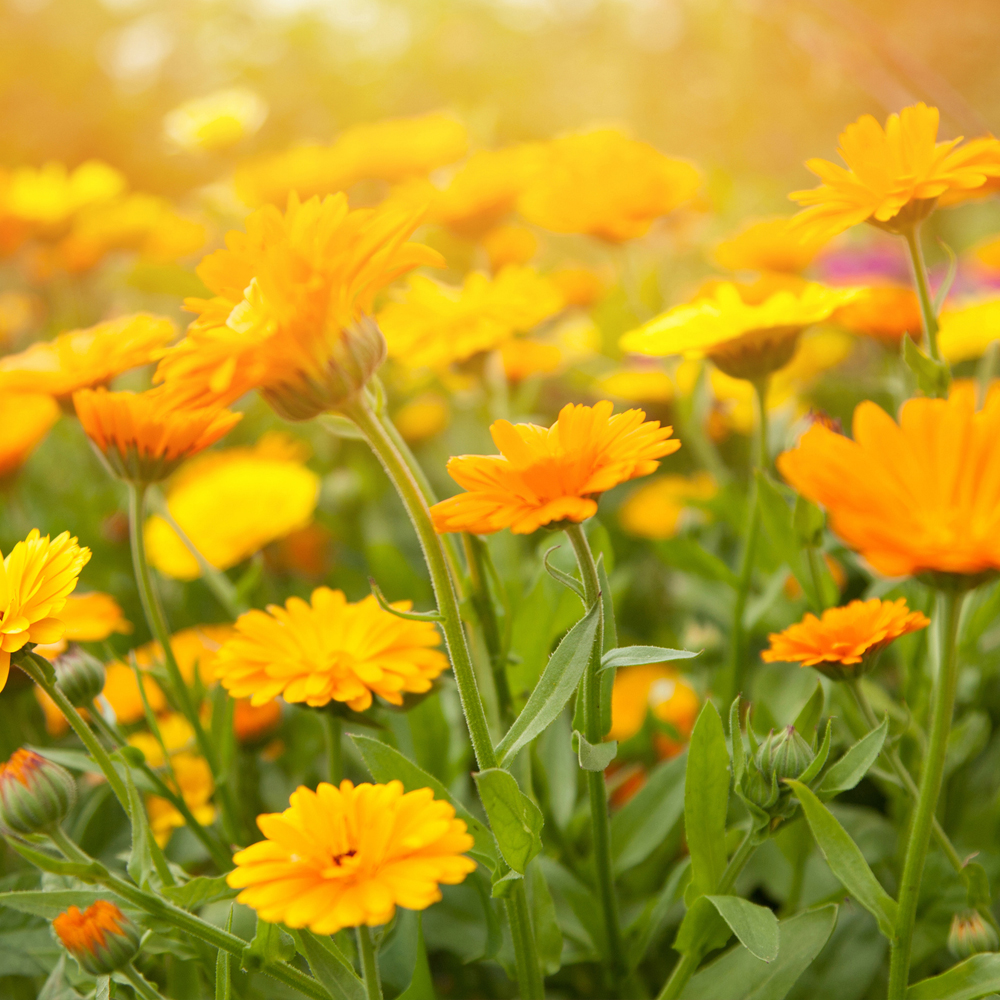
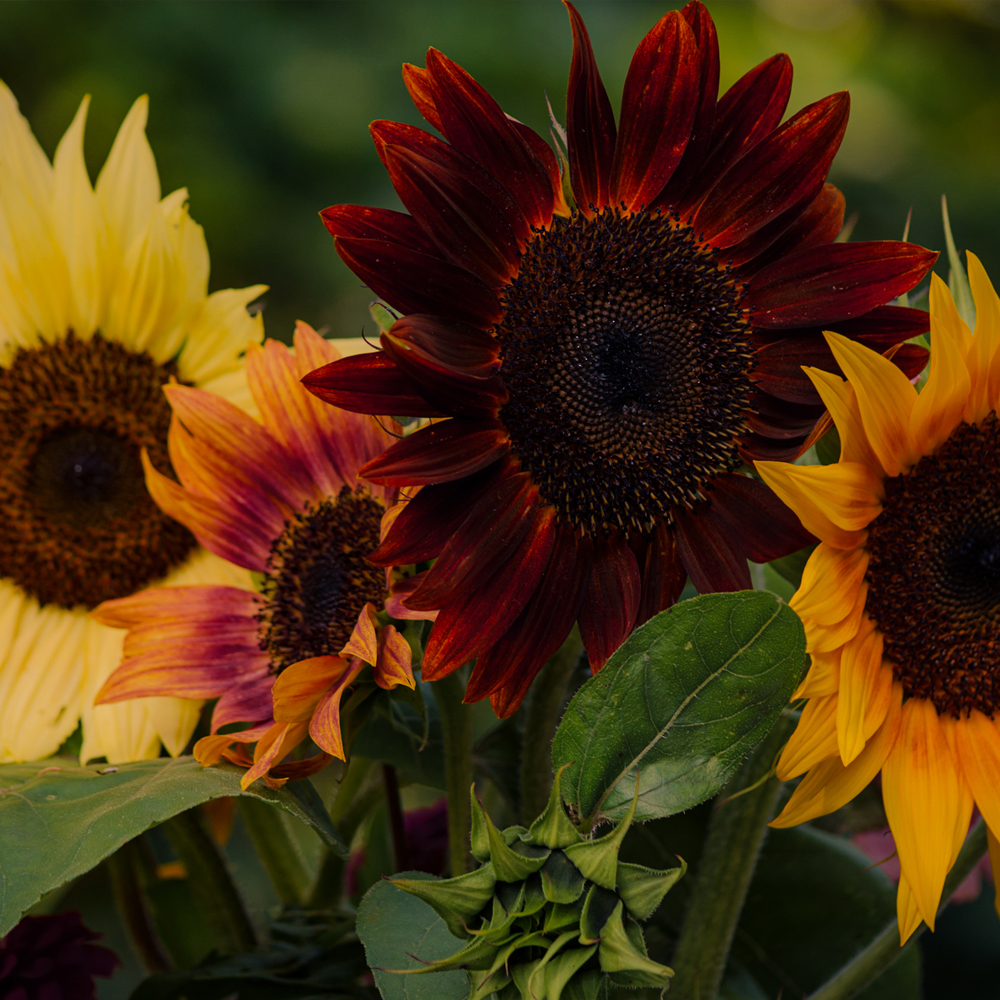
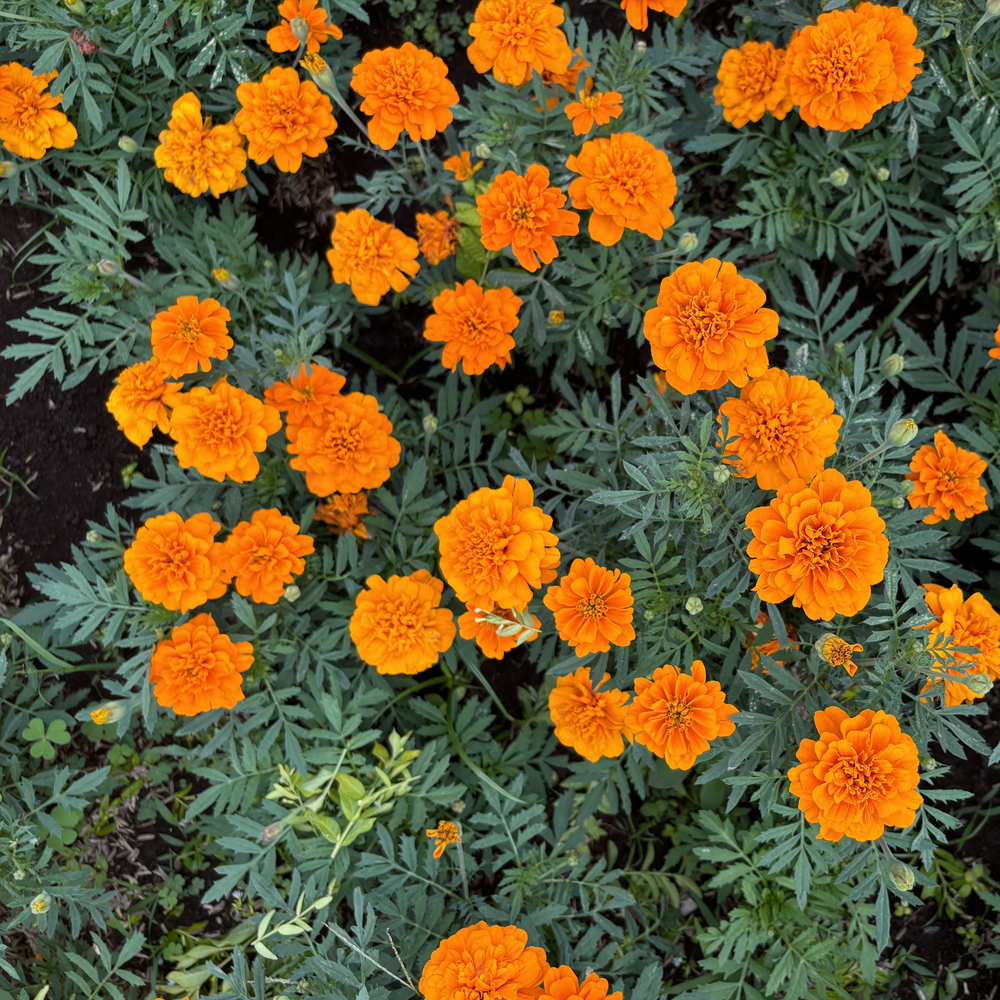
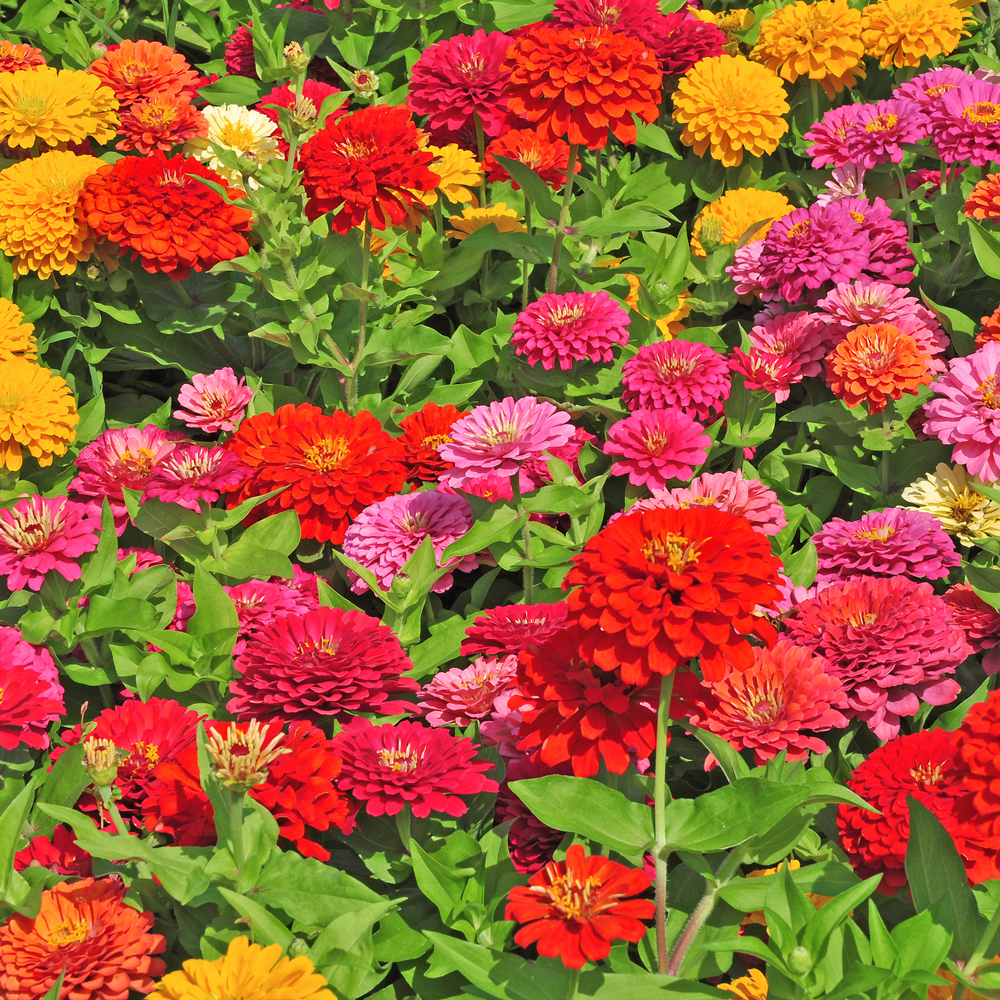
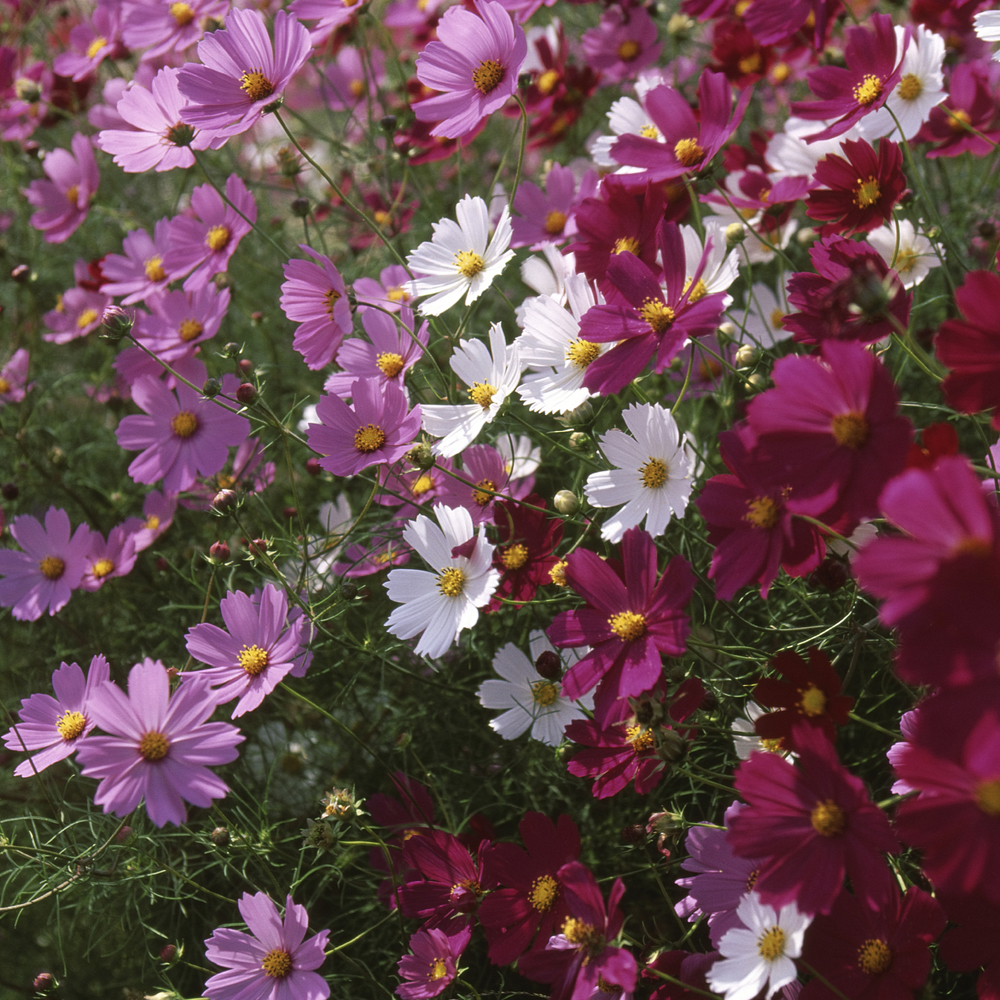
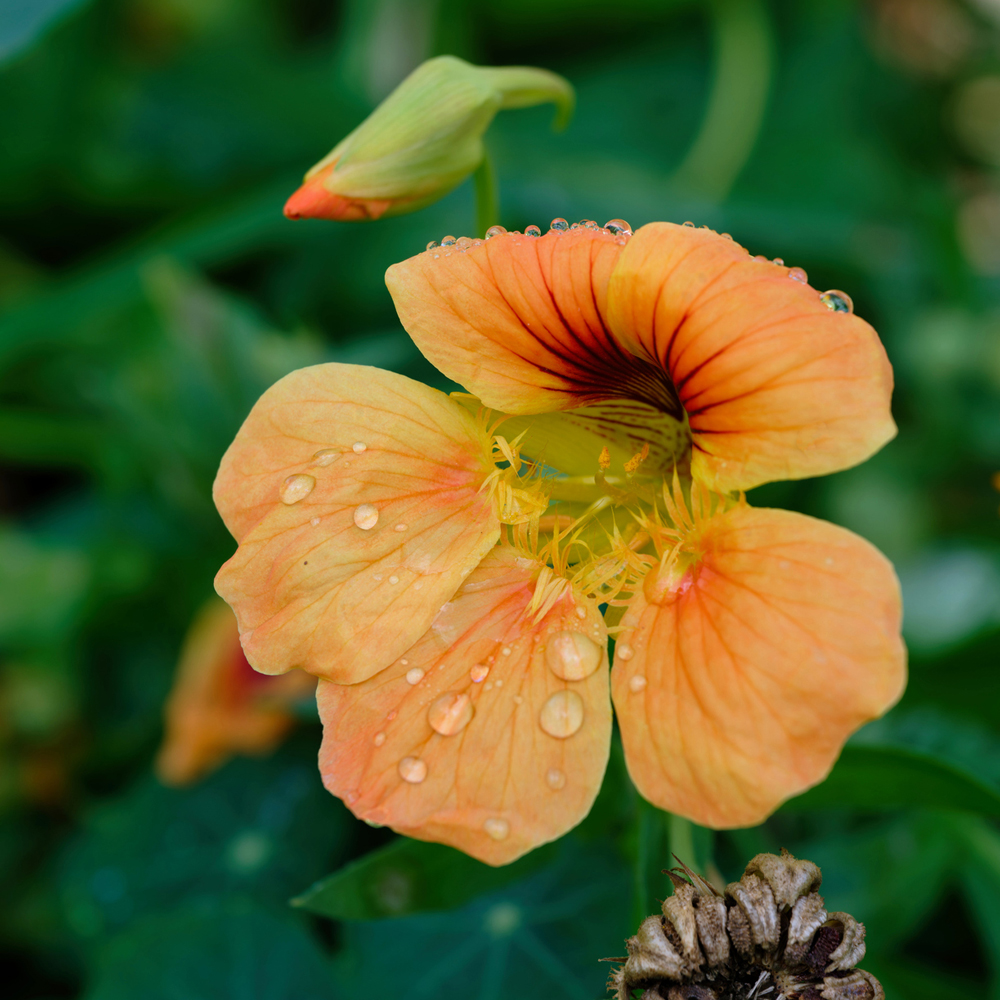




Reviews
There are no reviews yet.